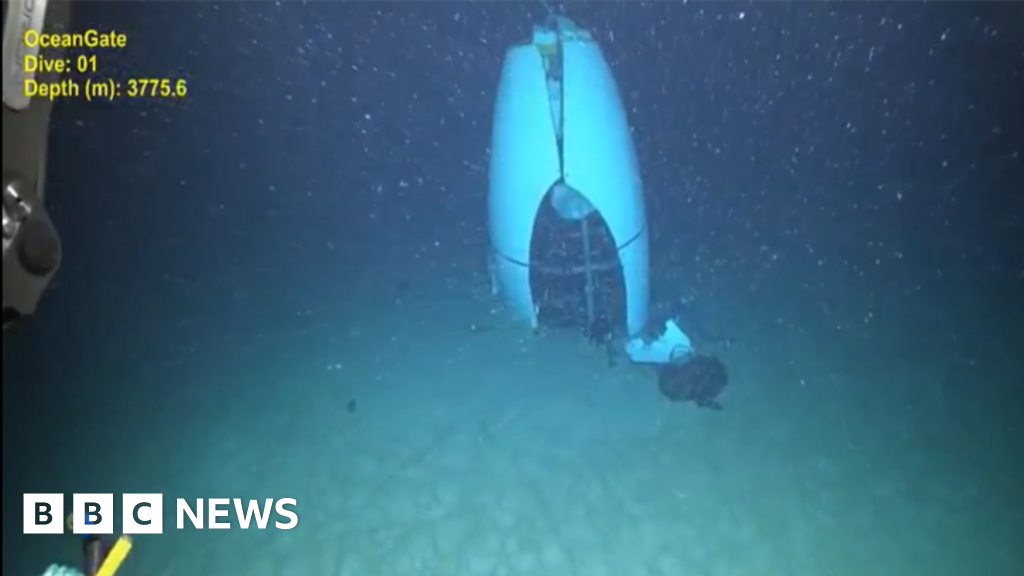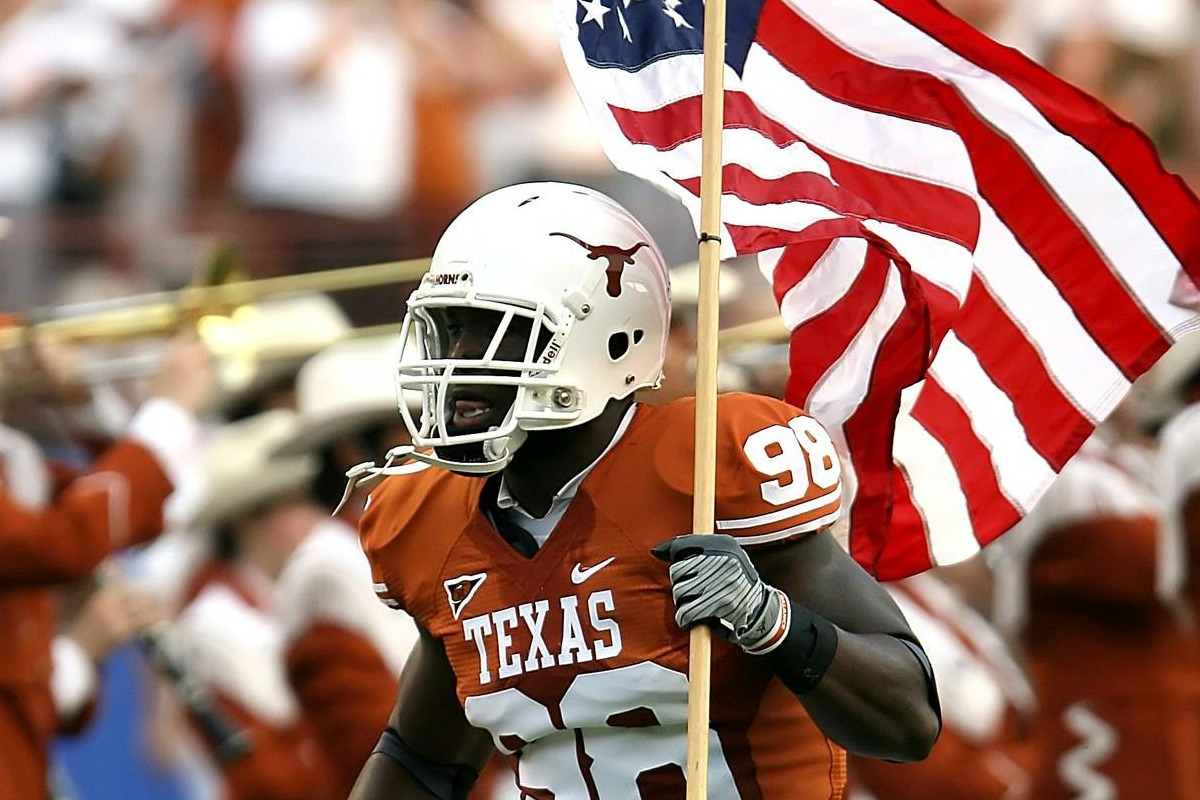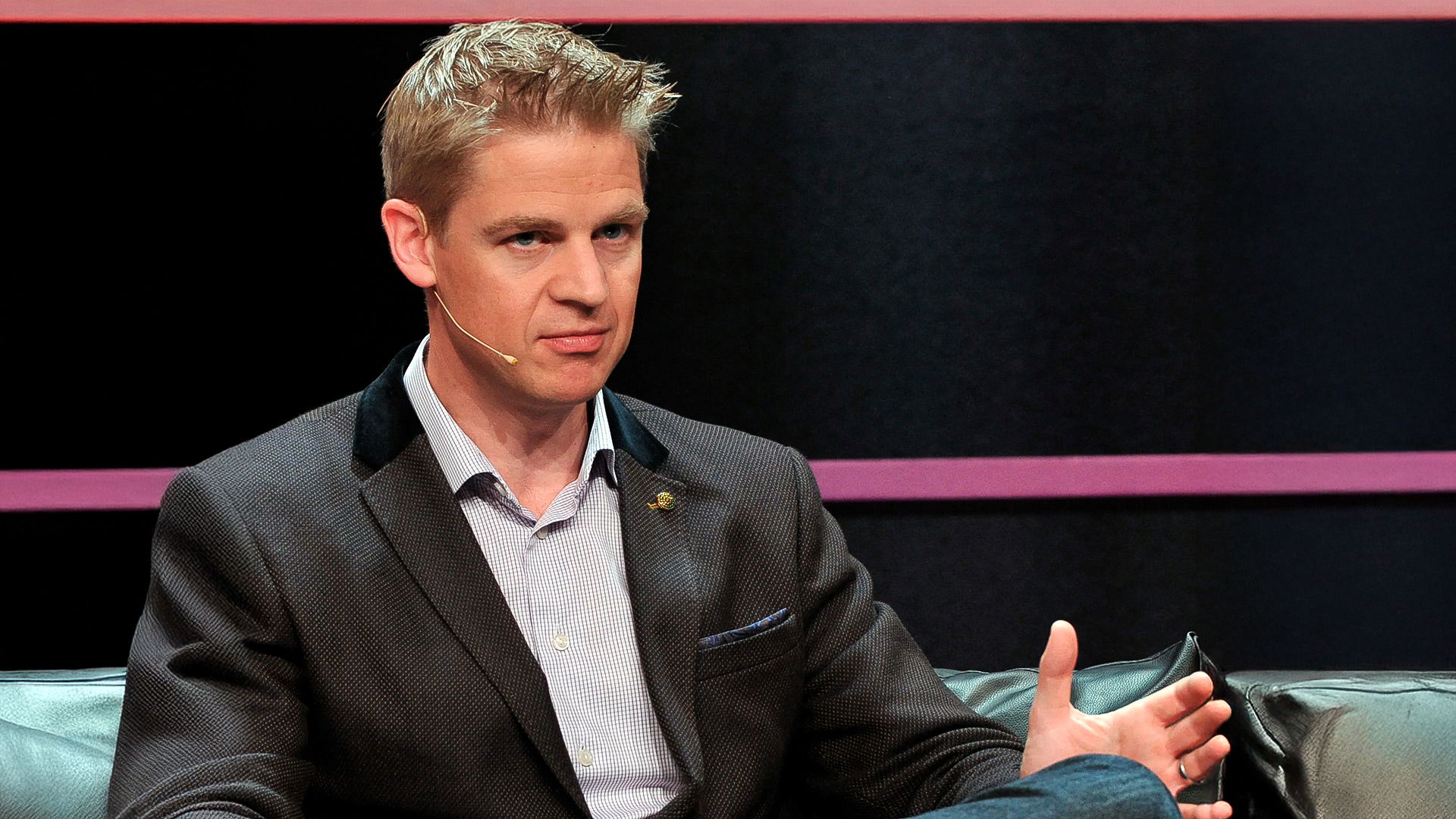Bussiness
Titan crew said ‘all good here’ before submersible imploded

 US Coast Guard
US Coast GuardOne of the final messages from the five-person crew of the Titan submersible before it imploded, killing all inside, was “all good here”, a hearing has revealed.
Investigators with the US Coast Guard said the message was among the final communications between the Titan and its mother ship, before they lost contact for good.
Also shown at the hearing for the first time was an image, taken by a remotely operated vehicle, of Titan’s tail cone sitting on the sea floor following the implosion.
The deep-sea vessel was less than two hours into its descent towards the wreck of the Titanic when it imploded in June 2023.
Coast Guard officials began a two-week inquiry on Monday, aiming to uncover the facts of the incident and offer recommendations to prevent similar tragedies.
Investigators presented a recreation of the journey, including text messages between Titan and its mother ship, the Polar Prince.
Titan began its dive at 09:17 local time and support staff aboard the mother ship asked about the submersible’s depth and weight, as well as whether it could still see the ship on its onboard display.
Communications were patchy, but about an hour into the dive, Titan messaged “all good here”.
Its last message was sent at 10:47 local time, at a depth of 3,346m, to say it had dropped two weights. After that, communication was lost.
Officials presented a historical overview of the Titan, noting that its hull had never been subject to third-party testing and had been left exposed to weather and other elements while in storage.
In addition, they laid out serious problems experienced by the submersible on expeditions carried out before the disaster. In 2021 and 2022, over the course of 13 dives to the Titanic, it had 118 equipment issues.
These included the front dome falling off when it was brought out of the sea, its thrusters failing at 3,500m down and, on one dive, its batteries dying and leaving passengers stuck inside for 27 hours.
OceanGate, the manufacturer behind the craft, has previously faced questions over its design choices, its safety record and its adherence to regulations.
 Supplied via Reuters / AFP
Supplied via Reuters / AFPTony Nissen, the company’s former engineering director, said the evidence he had seen was “disturbing… professionally and personally”.
Mr Nissen claimed that Stockton Rush, OceanGate’s late CEO who was on board Titan, had the last word on most engineering decisions and was difficult to work with.
“Stockton would fight for what he wanted and, even if it changed from day to day, he wouldn’t give an inch,” he said.
“Most people would eventually back down to Stockton, it was death by a thousand cuts.”
OceanGate suspended all exploration and commercial operations following the incident.
The company currently has no full-time staff but will be represented by a lawyer at the inquiry, it said.
Monday saw the start of the first public phase of an already 15-month investigation.
Unanswered questions over the Titan’s ill-fated dive have fuelled a lingering debate over safety and the regulation of private undersea exploration.
The Coast Guard’s Marine Board of Investigations (MBI) is expected to hear from as many as 10 former OceanGate employees, including co-founder Guillermo Sohnlein, and experts in marine safety and undersea exploration.
An MBI is the highest available level of inquiry into US marine casualties and convenes roughly one hearing per year, its chairman said on Sunday.
“Out of thousands of investigations conducted, less than one rise to this level,” Jason Neubauer said.
“We hope that this hearing will help shed light on the cause of the tragedy and prevent anything like this from happening again.”
The board of top Coast Guard and National Transportation Safety Board (NTSB) officials has the authority to recommend civil penalties or make referrals for criminal prosecution to the US Department of Justice.
A search mission involving four governments unfolded after the submersible lost contact with its mother ship, the Polar Prince, on the morning of 18 June 2023 and never resurfaced.
As well as Rush, on board were British explorer Hamish Harding, veteran French diver Paul Henri Nargeolet, the British-Pakistani businessman Shahzada Dawood and his 19-year-old son Suleman.











